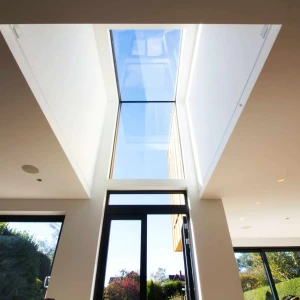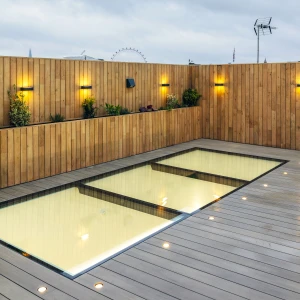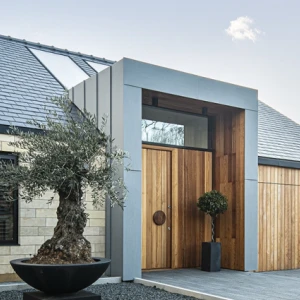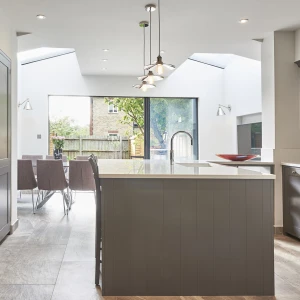- News and Insights
- Home
- Home
- News and Insights
- The Benefits of Rooflights for Daylighting
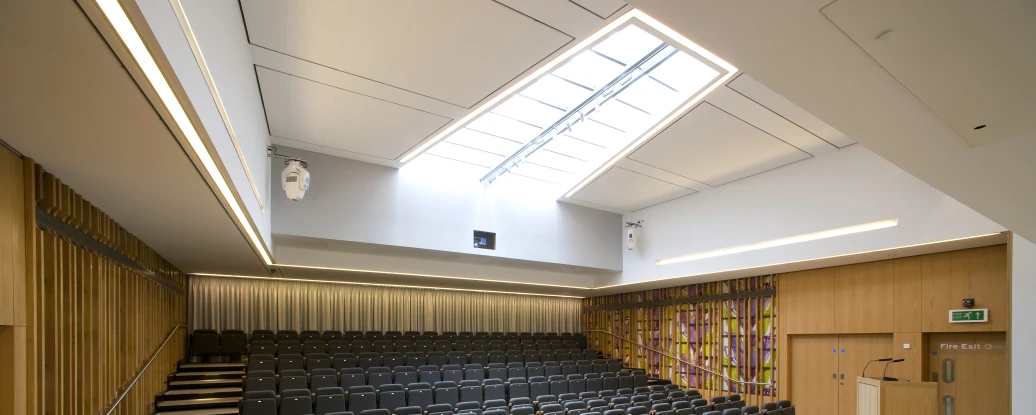
Daylighting is a critical element of modern building design, and rooflights remain one of the most effective ways to maximise it. The Rooflight Association’s recent whitepaper, The Benefits of Rooflights for the Daylighting of Buildings, demonstrates how rooflights can significantly enhance natural light levels and, in turn, improve the health, wellbeing, and productivity of building occupants.
Rooflights & Daylighting
When comparing glazing options for modern design, rooflights outperform vertical glazing because they capture the entire sky dome, as opposed to vertical glazing which typically captures only half, meaning that rooflights can deliver a more consistent and diffused illumination.
In most residential settings, vertical windows are often obstructed by surrounding homes, and they also receive direct illumination at certain times of the day when the sun is positioned in their direction.
As rooflights are installed on top of the roof, they benefit from distributed illumination throughout the day and are rarely blocked by surrounding buildings due to their variable installation.
The Impact on Health
Natural daylight has a profound impact on our physical and mental health in an array of ways:
Regulates circadian rhythms: Improves mood, reduces symptoms of Seasonal Affective Disorder (SAD), and leads to better quality sleep.
Enhanced cognitive function: Exposure to natural light can improve alertness, focus, and productivity, which is especially important in educational environments/
Reduced eye strain: Decreasing reliance on artificial lighting through rooflights can help reduce eye strain and headaches.
Rooflights can play a therapeutic role by maximising natural daylight exposure even during the darkest months.
10–20% of the roof area is recommended for rooflights, and consideration should be given to the placement to maximise natural daylight potential within the building
Standards & Benchmarks
Two recent international standards have been published recently, highlighting that we are finally recognising the importance of daylighting in design.
EN 17037 focuses on daylight in buildings and highlights four main areas; Controlling the volume and diffusion of daylight, assessing the quality of the view out of the glazing, looking at the duration of sun exposure to address overheating concerns, and ensuring glare is limited to improve visual comfort.
Secondly, the WELL Building Standard focuses on the health and wellness of occupants and focuses on minimising disruption to the body’s circadian rhythm to improve energy, mood, and productivity.
The Rooflight Association
Glazing Vision is a member of The Rooflight Association, with Group Managing Director, Jon Shooter, acting as Marketing Chair & CPA Representative and Technical Director, Jeremy Dunn, sitting on the Technical Committee.
When you purchase a rooflight from a member, you benefit from a strong assurance of quality and competence, as members are held to stringent criteria and are committed to best practices in specification, installation, and safety, which is backed by the association's auditing process.
The Rooflight Association Membership allows companies to access exclusive legislative information, representation on industry committees, marketing support, and networking opportunities, which can enhance their reputation and influence within the sector.
Apply to become a member of The Rooflight Association today.
The full comprehensive Rooflight Association Whitepaper details many daylighting recommendations, an energy-saving case study, and much more.

